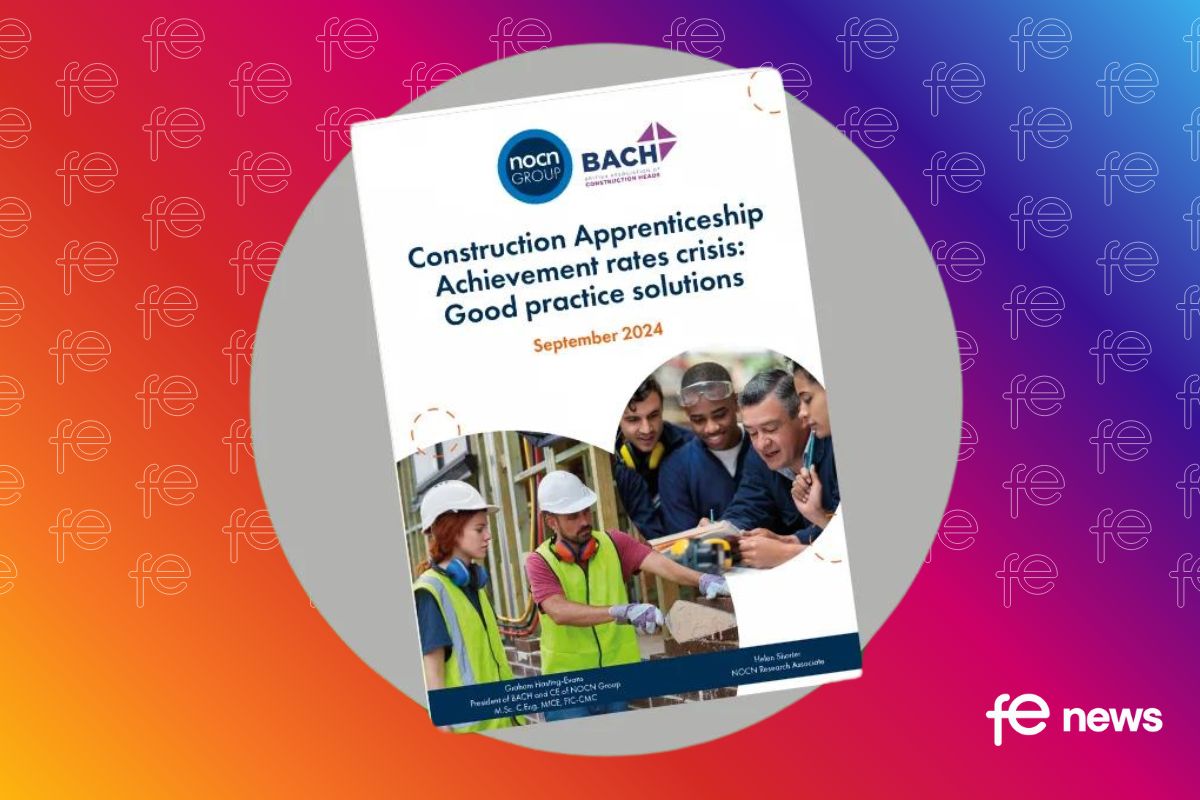Committed to creating #apprenticeships that provide a real boost to learners from all backgrounds

The Institute for Apprenticeships and Technical Education (the Institute) is committed to creating apprenticeships that provide a real boost to learners from all backgrounds who want to progress in lucrative careers.
There are many more high-quality options available than ever before – 487 at the time of writing this – with lots of other exciting new apprenticeships still in the pipeline.
This reflects the many benefits of the switch from the old apprenticeship frameworks to standards.
It is also a tribute to the commitment of employers, who have led on developing outstanding new apprenticeships since the Institute’s launch in April 2017.
This collaboration has created a rich variety of quality training opportunities at all levels that deliver the skills where the economy needs it most; the system introduced through the Government’s ambitious apprenticeship reform programme is delivering.
Trailblazer groups who develop standards for approval are employer-led because they are best placed to highlight areas where there are skills gaps and develop the right apprenticeships to fill them.
When making decisions over whether to approve standards, the Institute’s Route Panels of industry experts focus on whether they can deliver the quality training needed by learners and employers. Part of this involves making sure the apprenticeship prepares learners for a recognised occupation and that the training needed is sufficient to warrant the investment an apprenticeship entails.
Another key step forward in terms of quality has been the introduction of end-point assessments (EPAs), which were not part of the old frameworks. These assessments of occupational competence are now challenging apprentices to prove they have developed the skills required to do their job well and, in return, the apprentice gets certificated proof of their work readiness.
EPAs also provide much-needed reassurance to employers that their investment in the learners has been worthwhile; they are assured that the resulting highly skilled employees understand their roles and are well-placed to progress further.
Almost 300 of the new apprenticeships approved so far are for entry levels 2 and 3, which are of course key drivers of social mobility and set the platform for future attainment across the employment spectrum. The opportunities for people of all ages to establish themselves in their chosen fields are manifold.
These key apprenticeships are also proving to be popular. There were more than 160,000 starts on Level 2 apprenticeships alone in 2017/18.
Traineeships are also available for 16 to 24-year-olds and provide a stepping stone for those who may not be ready to begin an apprenticeship. The Government is considering how traineeships can be further developed to help more people access apprenticeships.
For people who are struggling to find an apprenticeship that they want to do, there is support available to help them to look and decide.
The Institute’s Apprenticeships Standards page has a list of all the approved standards, while the gov.uk apprenticeships page has useful information on all levels of apprenticeships and a search page to look for apprenticeships available. The apprenticeships.gov site also provides a huge amount of information on what is required to become an apprentice and how to go about it.
High quality apprenticeships are available to everyone. We want to see many more people from across the rich tapestry of communities and social backgrounds great getting involved.
Robert Nitsch CBE, Chief Operating Officer, the Institute










Responses